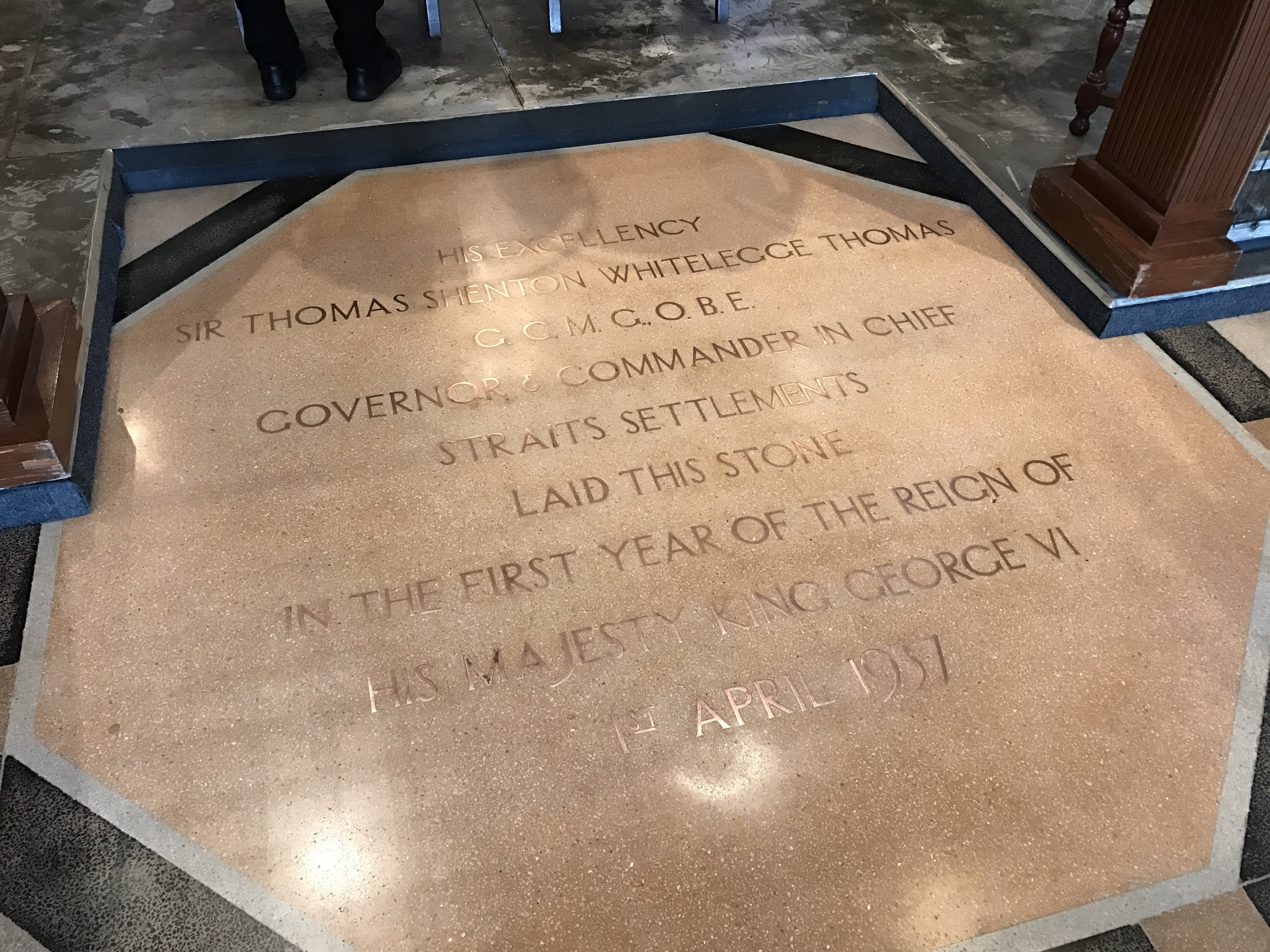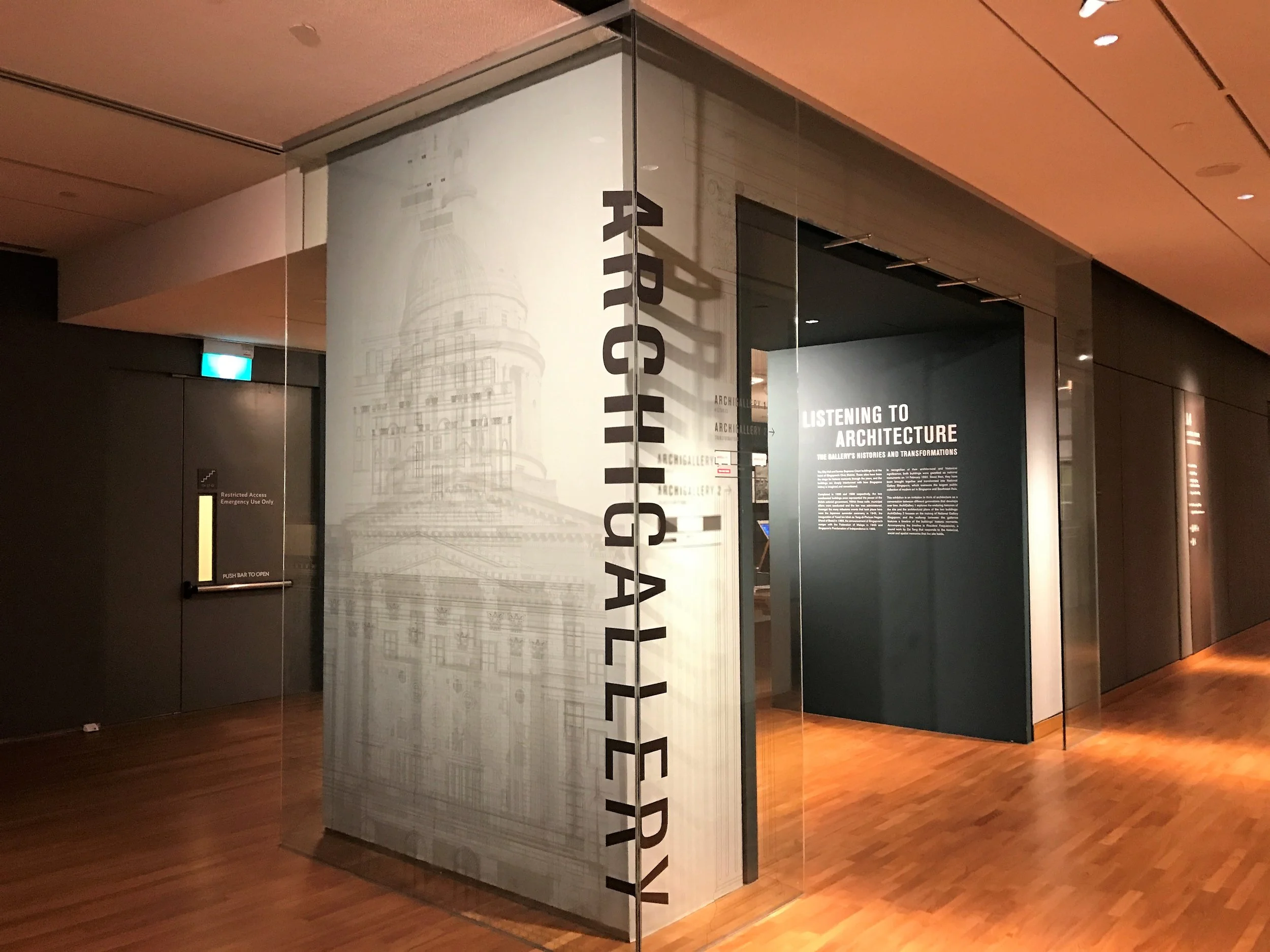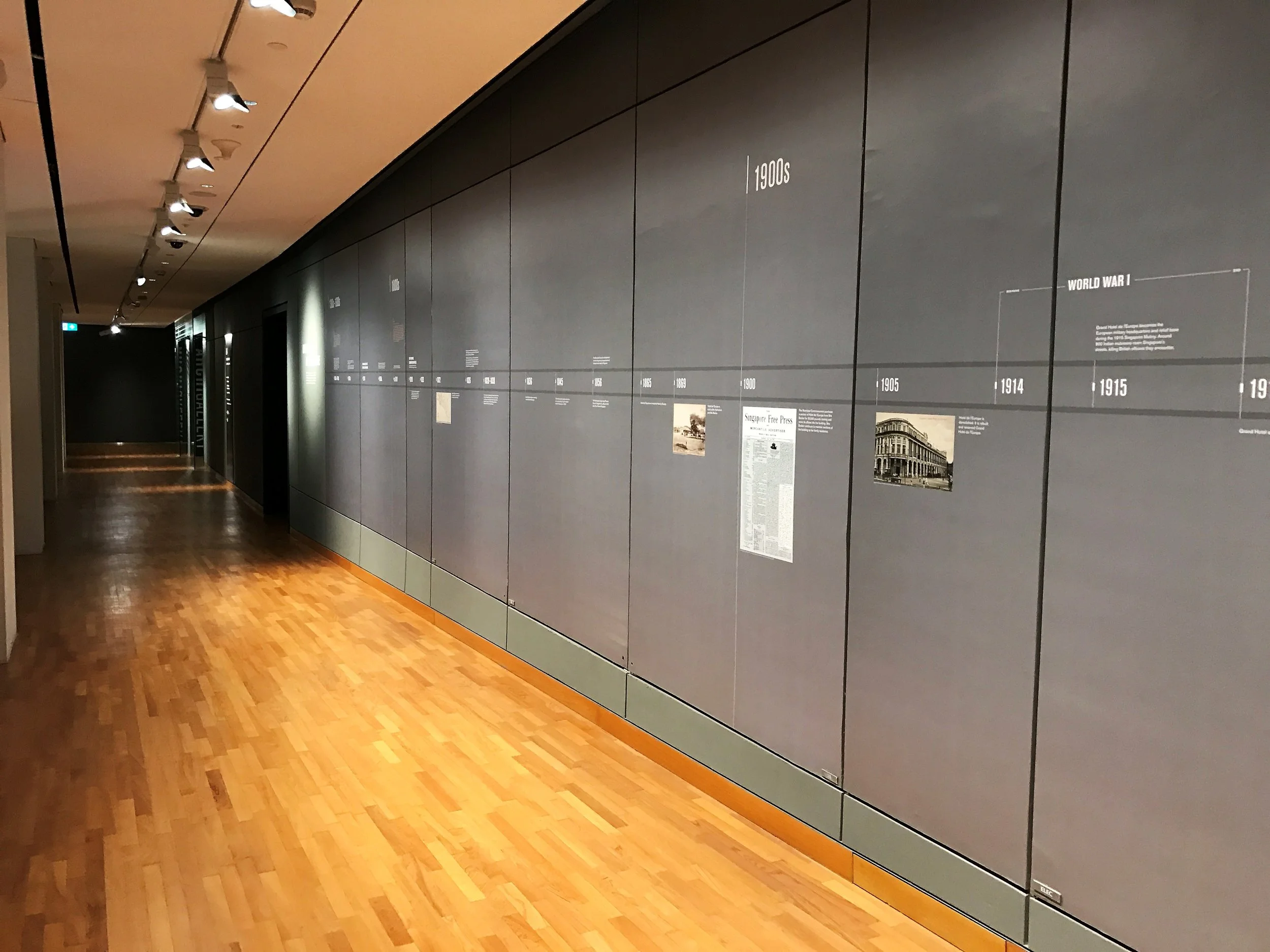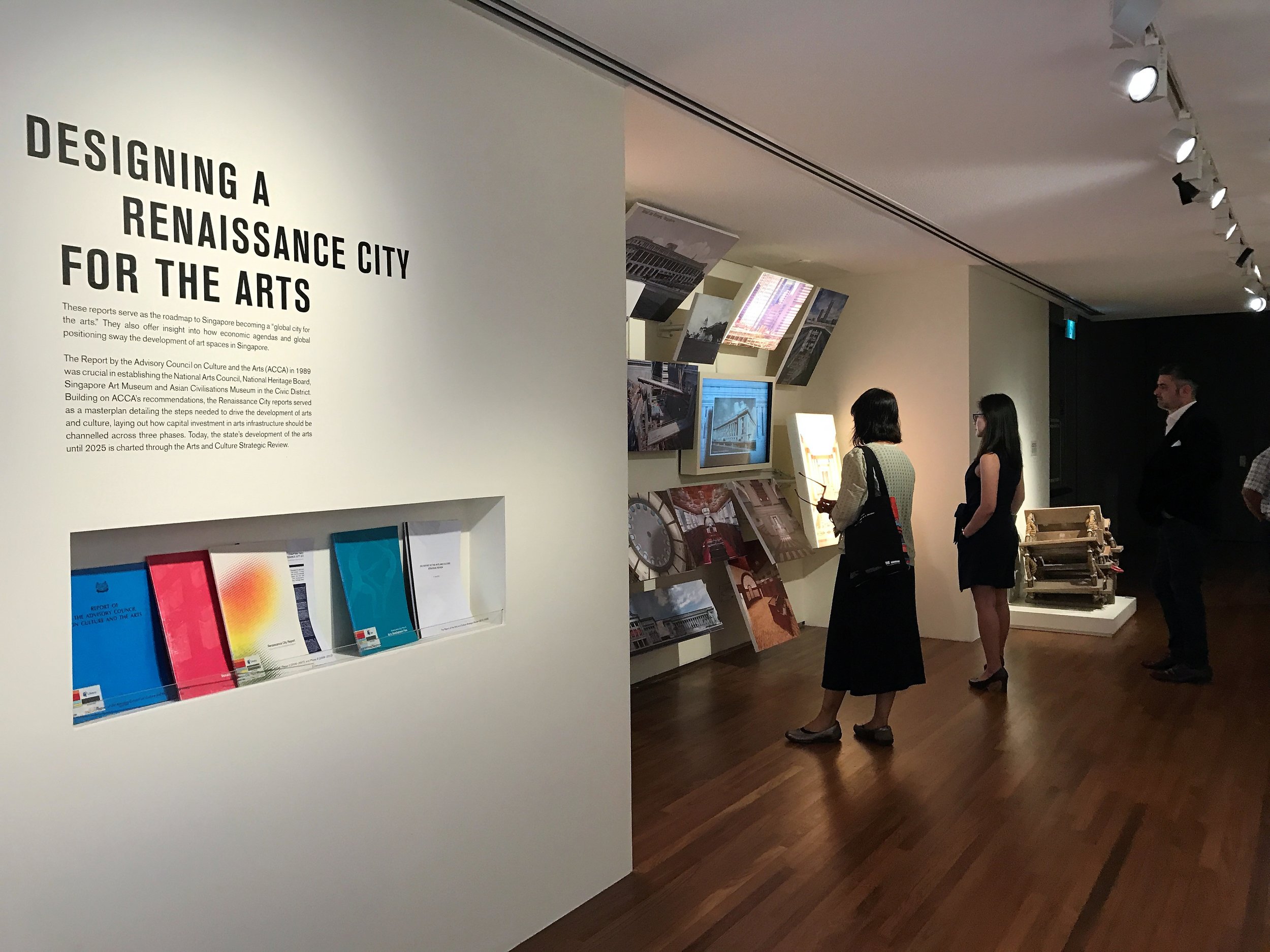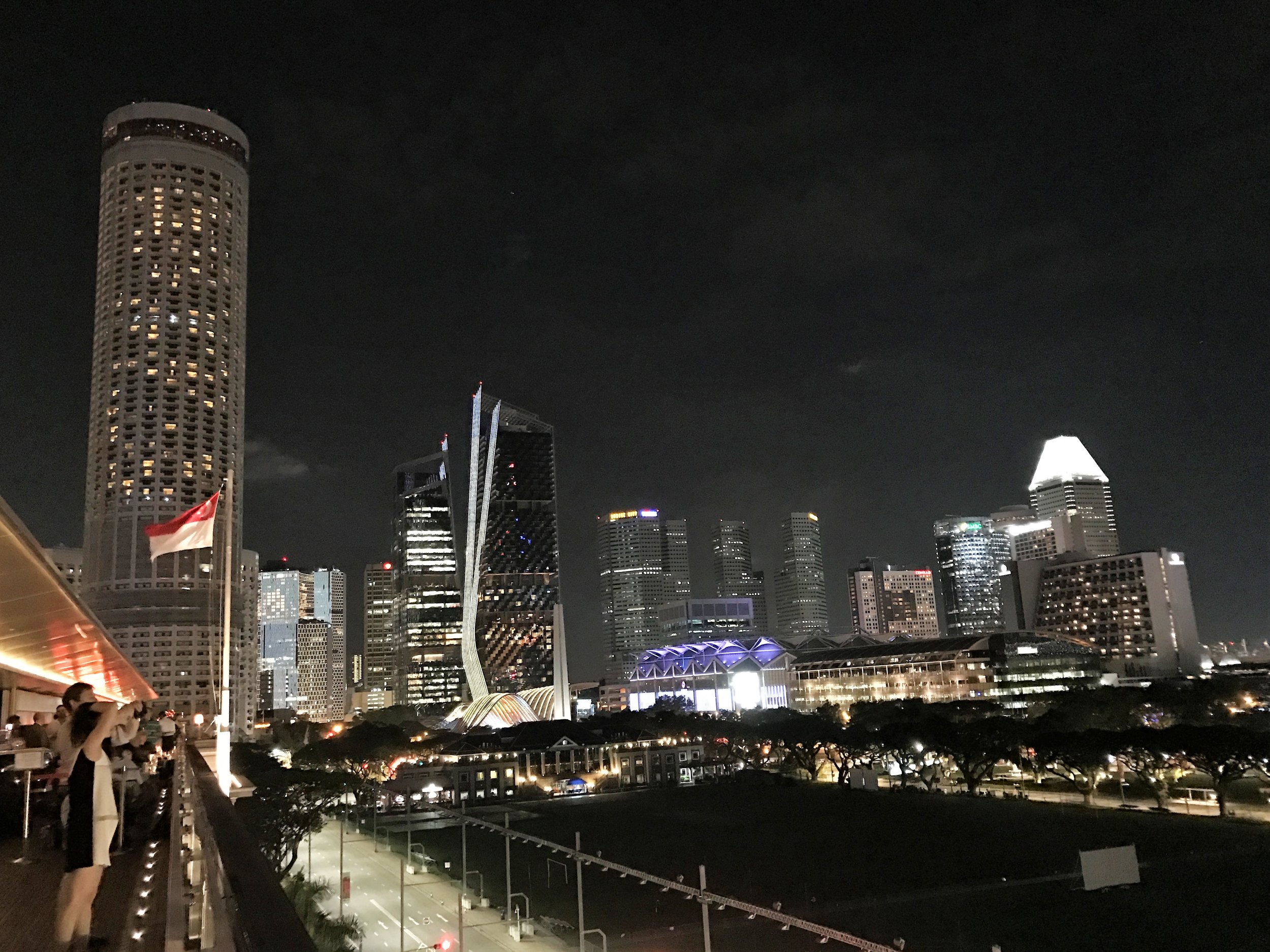The PDF version of this article is available for download here.
Torn Fealty to the Courts and Science: Conundrums over Medical Expert Opinions (II/II)
Agnes Lo, Bryont Chin, Darren Ang, Leon Tay & Louis Lai*
The previous section of this article examined the different considerations that affect the weight accorded to expert evidence.1 It was observed that judges scrutinize the expert himself (his qualifications and the level and relevance of his specialization) and also his testimony (its cogency, internal consistency, and consistency with the facts).
A survey of local case law and overseas publications reveals issues surrounding this assessment. These have been directed to the reliability of expert opinions itself, applying generally to all experts. Unfortunately, local jurisprudence has not addressed these concerns.
The lacuna in local jurisprudence on this point is especially unfortunate given the widespread prevalence of and reliance upon medical expert opinion in Singapore. It is thus pertinent to examine these issues and their causes in detail.
I. ISSUES ARISING FROM THE ADVERSARIAL PROCESS
A. Partiality and bias of experts
Case law reflects a persistent concern about the partiality and bias of experts but also a recognition that this will persist as long as litigation remains adversarial. Ideally, under Order 40A Rule 2(2) of the Rules of Court2 [ROC], experts should bear an exclusive duty to the Court; however, this is usually not the case in practice. A “market-place” mentality continues to prevail: parties select experts because the latter’s views are “already known and, consequently, would advance the party’s case.”3 Both the courts and commentators like Professor Pinsler have acknowledged that the source of this paradigm is the adversarial model, since parties assume that their “remuneration of the expert justifies a measure of loyalty that will somehow manifest to his advantage in the determination of the case before or at trial”.4 Therefore, as long as the adversarial model continues to be adopted, parties will continue to pay, retain, and offer the experts future engagements—all of which incentivise experts to provide opinion evidence slanted in favour of the clients who engage them.5
To make matters worse, breaches of the procedural duty under Order 40A above attract no direct penalties in themselves. There is only an evidential penalty: if an expert is found to be partial, the court completely or partially disregards his testimony.6 This does not seem to have been enough: from the introduction of Order 40A in 2000 to date, the courts have continued to observe bias in experts.7 Therefore, bias among experts remains a real problem in the court today.
B. A fear of testifying in Court
Also flowing from the adversarial model and the process of adjudication itself is medical experts’ intrinsic fear of testifying in court. Experts—and medical experts in particular—tend to steer clear of the witness stand for two reasons: a fear that they may not be sufficiently competent to testify, and a fear that they may be shamed or wronged on the stand.8
While there is no equally comprehensive study, local doctors have expressed the same fears of testifying due to natural embarrassment and a fear of damaging their colleagues’ reputations.9 Failing to address these fears will restrict plaintiffs’ access to medical experts or otherwise make engaging experts more expensive. This reluctance will affect the quality and accessibility of court adjudication, reliant as it is on expert testimony.
C. Insufficiency of factual bases for medical opinions
Experts often have insufficient facts to support their opinion. This is because in litigation, they are likely to be engaged before trials begin since their opinions are critical in establishing the client’s case and thus predict the likelihood of success at trial.10 However, this means that much of the evidence the expert relies upon to develop his report and testimony will be “untested raw material” since this evidence has yet to be tested in court.11 This concern came to a head in Khoo Bee Kiong,12 where the court expressly questioned the factual basis of an expert opinion prepared with affidavits of evidence in chief.
This is likely to be aggravated in medical negligence claims, where the recent Supreme Court Practice Directions13 impose an accelerated case management timeline. As an expert report must now be filed before the claim itself begins, medical experts have less time and evidence to formulate their opinions.
II. ISSUES IMMANENT IN THE JUDICIAL TREATMENT OF MEDICAL EXPERT OPINIONS
Apart from issues with the expert opinions themselves, there are also notable concerns with the judicial treatment of medical expert opinions as reflected in empirical studies. These suggest that there are systemic issues with judges’ ability to assess the reliability and credibility of a medical expert’s opinion and the proper weight to be accorded to admitted evidence.
A. Lack of clarity on the assessment of reliability and credibility of medical expert opinions
At its core, the court’s assessment of the reliability and credibility of a medical expert’s opinion is a discretionary exercise. It is naturally opaque and applied circumstantially, and may hence appear uncertain. This means that the other stakeholders involved—lawyers, clients, and the medical experts themselves—may not fully understand the standard expected of them. Jurs, for instance, observes that legal professionals tend to over-estimate the value of personality and credentials, whereas judges place a greater emphasis on partiality and bias, tentativeness, and the technicality of the opinions proffered.14 Clarity in this area is much needed;15 consensus and better articulation of the relevant considerations would assist greatly.
B. Assessment of weight to be accorded to admitted medical expert opinions
Beyond a lack of clarity on a systemic approach to assess reliability and credibility of medical expert opinions, there is a concern that the current approach may mean that factors which might appear to be unrelated or insignificant may be taken into account in the assessment of weight to be accorded to admitted expert opinions. For instance, “impressions of the analyst’s demeanour and credibility, like the ability to survive cross-examination, will not in most cases provide rational means of assessing the probative value of an opinion.”16 The English courts, for example, have been criticised for assessing expert opinion evidence on this basis, which has led to factually unsustainable acquittals.17
Studies suggest that this concern may not be unfounded because of the way medically-untrained judges and jurors assess the value of medical expert opinions. For instance, jurors focus on consensus supporting the expert opinion, whether the opinion is applicable in the case at hand,18 and how experts communicate their opinions.19 However, these indicators may not necessarily go towards the veracity of an opinion.20 Where earlier studies have suggested that this may be due to a lack of education in the expert’s field,21 it is understandable why some doctors feel that laypersons like jurors “should not decide medical malpractice cases because of the arcane issues involved in the practice of medicine.”22
Local jurisprudence has only engaged these concerns in the abstract. Ronald Wong posits that the law’s insistence on the finality of an opinion for it to be accepted as evidence conflicts with the scientific method, which relies not on finality, but rather social acceptance to establish a theory as valid.23 This mirrors the observation in Levett and Korvera’s review that “individuals often are unable to evaluate statistics or methodology properly… [such that] it is reasonable to assume that jurors may be unsuccessful in independently detecting flaws in research presented by an expert in court.”24 Nonetheless, Wong has argued that it is still preferable for a judge to continue to adjudicate on the issue, and if the expert evidence is insufficiently reliable, a judge ought to make his findings of fact on the burden of proof.25 Wong’s argument—defended on grounds of a public interest in resolving disputes—contrasts with Professor Hor’s view that judges lack any institutional capacity to determine the veracity of expert opinion.26
Since judges must still decide cases involving expert opinions, the question of institutional competence remains a live issue to be managed. This is especially the case if adjudication may lead to imperfect reliance on wrong or inaccurate expert opinions as suggested by the studies above.
III. THE PRESENT STATE OF MEDICAL EXPERT OPINION AND ITS PRACTICAL USE
Concerns over unreliable expert opinions have been the subject of statutory reform. The government has astutely institutionalised a court-appointed panel of psychiatrists testifying in criminal cases under the new s 270 of the Criminal Procedure Code27 [CPC] which has not yet come into force.28 This places the control over the admission and use of psychiatrists’ opinions in the hands of a Selection Committee instituted for these purposes.
In other aspects, however, reform continues to be lacking. The independence of experts continues to be secured by weak duties under s 269 CPC which do not depart from the phraseology of Order 40A ROC. The amendments to the CPC do not address the deeper concerns relating to adversarial litigation or pronounce on the feasibility of alternatives such as independent experts or assessors.
Therefore, the fundamental question remains as to whether the amendments will indeed improve the reliability of psychiatric evidence and be a viable option across other classes of medical experts as well; or, alternatively, whether it would entrench a preferred doctrine of psychiatric testimony.29 If the latter is the case, then the amendments may exacerbate the issue of expert witness bias. Psychiatrists have questioned why they were the only class of expert that required supervision, while the Criminal Bar expressed that it would be preferable if the selection process also included defence counsel as a member of the Selection Committee.30
Beyond the concerns regarding the partiality of experts, there are also practical complications of note. Amendments have been made to the Supreme Court Practice Directions to require medical expert opinion reports to be submitted in the pre-writ exchange of information for medical negligence cases, but this may mean that experts will not have sufficient factual evidence to support their opinions.31 These remain with broader concerns that judges may lack the institutional capacity to accurately assess medical expert opinions, or that they may demand a different standard from non-medical expert witnesses. While there are extra-legal methods employed to cope with these such as a training course for medical experts to raise the quality of medical opinions and reports, the impact of these courses on the judiciary’s assessment of the medical opinions and reports presented to them, has not yet been observed.
IV. CONCLUSION
The discussion above has traced a number of difficulties in the use of medical experts’ opinions, as well as the use of experts in general. The judicial approach to assessing the probative value and reliability of opinions is plagued with difficulties stemming from intractable concerns that medical experts tend to be partial towards the party that hired them, and that such experts often lack sufficient facts to properly develop an opinion. Although there are both existing procedural laws and external support to safeguard the reliability of medical expert opinions, these are often watered down by parties’ adversarial mentalities. Where there is little incentive to cooperate, parties do not actively rely on the same measures such as concurrent expert evidence or discussion. Other issues, such as fear among medical professionals of proffering testimony against their fellow doctors, or the institutional competence of the Court to adjudicate on the same, have hardly been the subject of discussion by the legal community in Singapore.
This is unfortunate as expert opinions are the lifeblood of many disputes. Even before a case commences, expert opinions are important in managing client expectations, where the expert’s assessment indicates the client’s likelihood of success.32 Medical experts are of special significance in the field given that they are relevant in many legal disputes and, in fact, comprise the bulk of experts sought.
Meeting the concerns above would require lawyers, judges, and medical experts alike to come to a clear consensus on their roles and competencies in adjudication. Coping with the difficulties of an adversarial model will also require a change in mindset and culture: lawyers and courts must emphasise to medical experts that in testifying, they are helping society as a whole. In this regard, the authors posit that empirical studies will be helpful in assessing the gravity of each issue, and the effectiveness of measures to cope with them. In this regard, this article will be followed by a further submission, “The Evaluation of Medical Expert Opinions in Litigation: An Empirical Study”,33 which seeks to provide more clarity on the factors that judges in Singapore apply in evaluating medical expert opinion evidence, and their relative significance in different scenarios.
*The authors are a group of undergraduate students in the National University of Singapore, and are presently in the course of an empirical research project on the subject.
[1] See Agnes Lo, Bryont Chin, Leon Tay & Louis Lai, “Torn Fealty to the Courts and Science: Conundrums over Medical Expert Opinions (I/II)”, online: Juris Illuminae, Vol 10 <http://www.singaporelawreview.com/juris-illuminae-entries/2018/torn-fealty-to-the-courts-and-science-conundrums-over-medical-expert-opinions-i>.
[2] Cap 322, R 5, 2014 Rev Ed Sing.
[3] Jeffrey Pinsler, “Expert Evidence and Adversarial Compromise: A reconsideration of the Expert’s Role and Proposals for Reform” [2015] 27 Sing Ac LJ 55 at [2].
[4] Ibid at [15].
[5] Vita Health Laboratories Pte Ltd v Pang Seng Meng [2004] 4 SLR 162, at [81].
[6] If the expert attempts or is seen to be an advocate for his party’s cause, he will inexorably lose credibility: per VK Rajah JA in Vita Health Laboratories Pte Ltd v Pang Seng Meng [2004] 4 SLR 162 at [83].
[7] Supra note 3 at [4].
[8] See e.g. “Medical Malpractice - Expert Testimony” (1965-1966) 60 Nw UL Rev 834.
[9] See Joseph Sheares, “Writing the Expert Report and Testifying in Court (Part 2)”, SMA News (February 2015) at 23, online: <https://www.sma.org.sg/UploadedImg/files/Publications%20 %20SMA%20News/4702/Professionalism.pdf>.
[10] Amanda Stevens, “Editorial: Reliability and cogency of expert witness evidence in modern civil litigation” (2011) 66 Anaesthesia 764.
[11] Khoo Bee Keong v Ang Chun Hong [2005] SGHC 128 at [72].
[12] Ibid.
[13] See Sing, The Supreme Court Practice Directions (2017) part XXIII, s 158(1), referring to Appendix J (High Court Protocol for Medical Negligence Cases), online: <https://epd.supremecourt.gov.sg/downloads/Appendix_J/APPENDIX_J.pdf> at 4.1-4.2.
[14] Andrew W Jurs, “Expert Prevalence, Persuasion, and Price: What Trial Participants Really Think About Experts” (2016) 91 Ind LJ 353 at 371-372, 377-378 and 389.
[15] See e.g. the Ministry’s comments in proposing amendments to s 270 of the CPC, which it expressed to be for the purpose of ensuring that evidence given by psychiatrists is “competently arrived at and objective”: Siau Ming En, “Proposed psychiatric panel must be large enough for smoother defence: Lawyers”, Today (28 July 2017), online: <https://www.todayonline.com/singapore/proposed-psychiatric-panel-must-be-large-enough-smoother-defence-lawyers>.
[16] Gary Etmond, “Legal versus non-legal approaches to forensic science evidence” (2016) 20:1 IJEP 3 at 24.
[17] Ibid.
[18] Lora M Levett & Margaret Bull Korvera, “The Effectiveness of Opposing Expert Witnesses for Educating Jurors about Unreliable Expert Evidence” (2008) 32:4 Law and Human Behaviour 363-374, at 364.
[19] Andrew W Jurs, “Expert Prevalence, Persuasion, and Price: What Trial Participants Really Think About Experts” (2016) 91 Ind LJ 353.
[20] Kovera MB, McAuliff BD & Hebert KS, “Reasoning about Scientific Evidence: Effects of Juror Gender and Evidence Quality on Juror Decisions in a Hostile Work Environment case” (1999) 84:3 J Appl Psychol 362 at 365.
[21] See e.g. Kalven, Harry Jr & Hans Zeisel, The American Jury (Chicago: University of Chicago Press, 1966) at 153; cited in Sanja Kutnjak Ivkovic & Valerie P Hans, “Jurors’ Evaluations of Expert Testimony: Judging the Messenger and the Message” (Cornell Law Faculty Publications, Paper 385, 2003) at 443.
[22] Neil Vidmar, “Lay Decision-Makers in the Legal Process” in Peter Cane & Herbert M Kritzer, The Oxford Handbook of Empirical Legal Research (OUP, 2010) 626, at 633.
[23] Ronald JJ Wong, “Judging between Conflicting Expert Evidence” (2014) 26 Sing Ac LJ 169.
[24] Supra note 18.
[25] Supra note 23.
[26] Ibid, citing Michael Hor, “When Experts Disagree” (2000) Sing JLS 241 at 243.
[27] Cap 68, 2012 Rev Ed Sing.
[28] Clause 78 of the Criminal Justice Reform Bill (Bill 14 of 2018), which introduces s 270 of the CPC.
[29] Supra note 15.
[30] Ibid.
[31] See Appendix J of the Supreme Court Practice Directions (Amendment No. 3 of 2017). The relevant amendments to the Practice Directions are available online at <http://www.supremecourt.gov.sg/docs/default-source/default-document-library/pd-amd-no-3-of-2017.pdf?Status=Temp&sfvrsn=0.9324472121860925>.
[32] Supra note 10.
[33] Lo et al., “The Evaluation of Medical Expert Opinions in Litigation: An Empirical Study” (2018–2019) 36 Sing L. Rev. 247.

